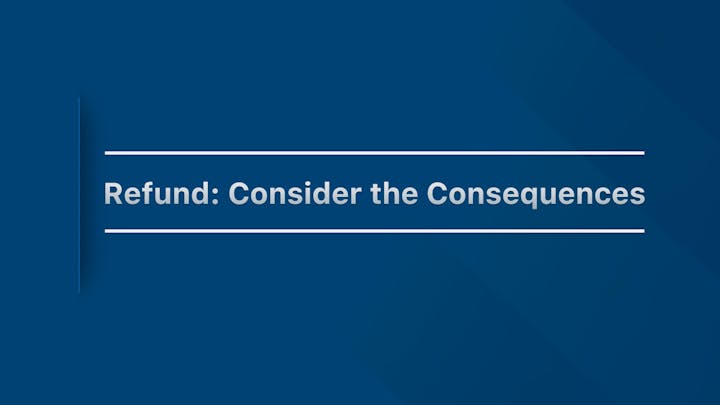Deciding when to retire
You can retire at age 55 with at least five years of service credit. Members under CalSTRS 2% at 60 also have the option to retire at age 50 with at least 30 years of service credit.
In addition, if you took a refund and then reinstated, you must have performed at least one year of service after the most recent refund.
If you are at least age 55 and eligible to retire from certain other California public retirement systems, you may retire with fewer than five years of CalSTRS service credit if you retire concurrently from both systems.
To receive concurrent benefits you must retire on the same day from both systems. Or, you may retire on different dates as long as you perform no service creditable to either system between those dates.
The other public retirement systems in California are the:
- California Public Employees’ Retirement System.
- San Francisco Employees’ Retirement System.
- University of California Retirement System.
- Legislators’ Retirement System.
- Systems established under the County Employees’ Retirement Law of 1937. For a list of counties covered by this law, see the Glossary, “County Employees’ Retirement Law of 1937.”
Under the Reduced Benefit Election (formerly the Limited-Term Reduction Program), you can receive one-half of the monthly benefit amount calculated as if you were age 60. The reduced benefit will continue for the same number of months after age 60 that you received benefits before age 60. After that, your retirement benefit amount will be the amount you would have received had you retired at age 60.
Eligibility
To be eligible for the program, you must:
- Be at least age 55, but less than age 60
- Have at least five years of service credit
- Be a CalSTRS 2% at 60 member
If you previously retired for service or disability, or received a disability benefit, you are not eligible for the Reduced Benefit Election. With the Reduced Benefit Election, annual benefit adjustments accrue. You’ll receive the benefit payment increases when you receive the normal service retirement benefit.
Due to the initial reduction in your retirement benefit, talk to a CalSTRS benefits specialist or use our calculators to estimate your monthly retirement benefit before electing this program. Use your actual numbers to determine your approximate benefit reduction and the length of time you would receive the reduced benefit.
The CalSTRS Reduced Workload Program allows you to reduce your workload from full-time to part-time duties, defined as at least 50 percent of full time, for up to 10 school years—normally the last 10 years before retirement. Participation is available only if your employer offers the program.
Both your and your employer’s contributions will be paid based on the full-time compensation earnable, rather than your actual part-time earnings while participating in the program. In addition, your employer pays a contribution rate for you to participate, which is set each year by the Teachers’ Retirement Board.
Because contributions are based on your full-time compensation earnable, you will receive full-time service credit while working less than full time. At retirement, your benefit will be calculated as if you continued to work full time, including determining your final compensation and service credit, provided you complete your contractual agreement.
Eligibility
To be eligible for the program, you must:
- Be age 55 or older prior to the start of the school term.
- Have at least 10 years of service credit.
- Have been employed to perform creditable service in a full-time position for five years immediately before entering the program.
After discussing the Reduced Workload Program with your employer and reviewing your qualifications, you must enter into a contractual agreement with your employer to participate in the program for the entire school term.
The agreement to reduce your workload must be in effect and received by CalSTRS by the first day of the school term.
If you do not work at least one-half of the time your employer requires for full time, your service credit for the year will be calculated on actual time worked.
If you retire or terminate employment before the end of the school term, your agreement under the Reduced Workload Program will be revoked. You will receive service credit only for the part-time service you actually performed.
If your school district offers the CalSTRS Retirement Incentive Program and you’re eligible to retire, you can receive two additional years of service credit.
Eligibility
You must be eligible for service retirement and retire from CalSTRS within the time period specified by your employer to take advantage of the incentive.
Restrictions
Even if you qualify for certain benefit enhancements, the additional service credit given under the incentive program will not count toward:
- Eligibility for service retirement.
- Eligibility for the one-year final compensation.
- Career factor benefit enhancements.
You’ll lose the ongoing increase in your benefit if you do any of the following:
- Become an active member again by returning to CalSTRS-covered employment (reinstating).
- Receive unemployment within one year of the effective date of retirement.
- Return within five years to any job with the employer that granted your incentive credit.
Your employer must pay for the additional service credit. In addition, your employer must fund the entire two years of service credit—CalSTRS does not grant partial incentive credit.
Estimate your retirement benefit by using the Retirement Benefits Calculator. Beginning at age 45, your annual Retirement Progress Report contains personalized estimates.
You can receive personalized estimates prepared by a CalSTRS benefits specialist by attending a CalSTRS and Your Retirement benefits planning session.

